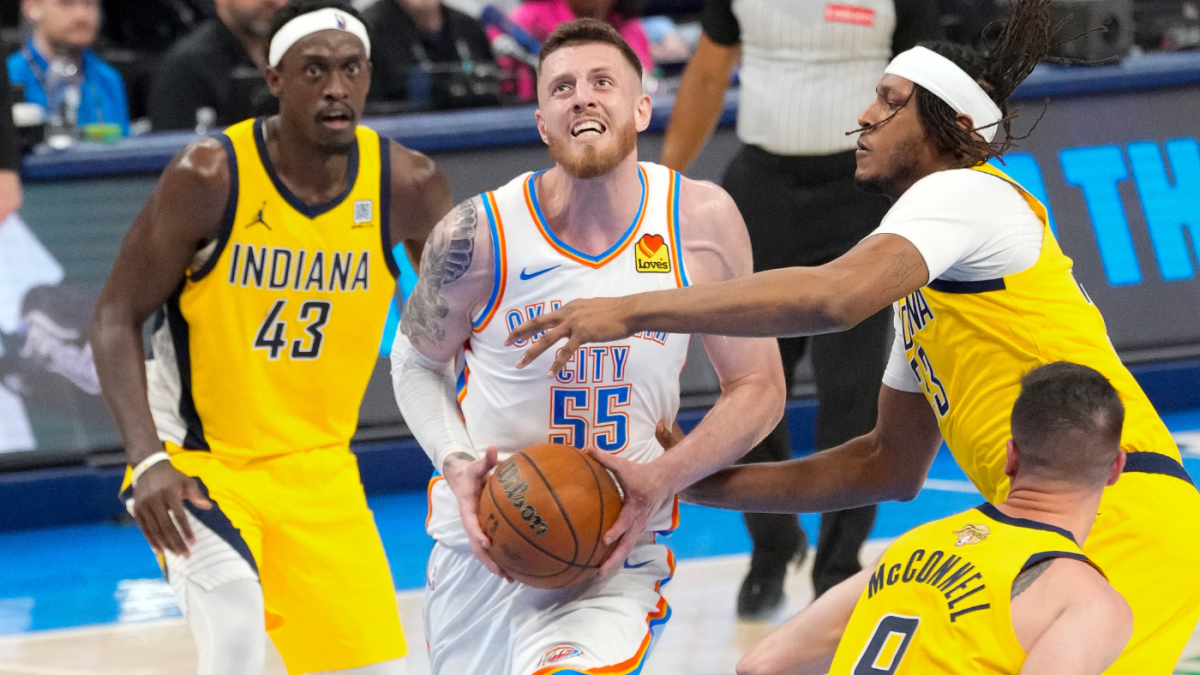

Just before Game 1 of the NBA Finals, Oklahoma City Thunder coach Mark Daigneault raved about Isaiah Hartenstein, the 7-foot center they signed last summer.
“I can’t say enough about him as a guy,” Daigneault said during his pregame availability on Thursday. “He’s got an unbelievable story. He was born to play basketball. If he was 6-2, he’d still be playing basketball. He loves the game. He’s an incredible teammate that’s integrated so seamlessly into the team. He’s an unbelievable competitor that lines up and plays every single night.
“He gives himself to the game. He screens, he crashes, runs, communicates, he does all the invisible things that help your team. I think that’s why teams play well when he’s on the court, including ours.”
Daigneault said that Hartenstein would be “critical” against the Indiana Pacers. The Thunder have relied on him to “sniff out what’s going on” as a backline defender and gobble up boards on both ends all season, and his screening would be of particular importance in this series because of Indiana’s ball pressure.
Indeed, Hartenstein made his presence felt in the 17 minutes that he played in the opener. But he only played 17 minutes. Just like he did late in Oklahoma City’s two previous series, Daigneault cut Hartenstein’s playing time and leaned into lineups featuring Chet Holmgren at the 5 or no bigs at all. Cason Wallace started in place of Hartenstein in Game 1, and the Thunder never went double-big.
Had Tyrese Haliburton and the Pacers not pulled off their fourth miraculous comeback of the playoffs, there wouldn’t be as much fuss about the starting lineup as there is heading into Game 2. Regardless of how the Thunder start, though, there’s a strong case that Hartenstein should be on the floor more often.
If there is one thing that Oklahoma City needs to fix after its 111-110 loss, it’s an alarming lack of offensive flow. The Thunder threw 143 fewer passes than Indiana did, according to NBA.com’s tracking data, and, adjusted for pace, they threw the second-fewest passes that any team has thrown in a playoff game since the beginning of the player-tracking era (2013-14), per ESPN’s Zach Kram.
“That was brought to our attention in our film session, that we didn’t move the ball how we usually do,” Wallace said Saturday.
Often, the guy who gets OKC moving is Hartenstein. One of the league’s best point-centers, Hartenstein has diversified the Thunder’s offense this season. He’s handoff hub, a high-post passer, a short-roll playmaker and an off-ball screener. He didn’t record a single assist in Game 1, but, when OKC played off of him, it usually generated something good.
Hartenstein is Oklahoma City’s best screener, and not just because he’s enormous and hits guys hard. He’s an expert at all the little things that can free up a bit of extra space. He flips screens at the last second to confuse defenders, and he holds screens rather than trying to roll to rim as quickly as possible. As soon as he checked into the game on Thursday, he set two screens that gave Shai Gilgeous-Alexander the advantage he needed and had Andrew Nembhard pleading with a referee. A few minutes later, he screened T.J. McConnell off of Gilgeous-Alexander about 35 feet from the basket, giving the MVP a comfortable runway. In the second half, he screened Bennedict Mathurin to the floor and Nembhard out of the picture, both times putting Thomas Bryant in an extremely uncomfortable position.
After setting a ball screen for Jalen Williams in the fourth quarter, he then executed a perfect “Gortat screen” against Bryant, allowing Williams to get all the way to the rim for an easy finish:
Hartenstein loves to create for his teammates, but, when he senses the defense is playing him for the pass, he’ll attack the basket. In Game 1, he drew two fouls (one on an and-1) this way and he seemed to think he deserved a third.
I’m reluctant to cite single-game on/off stats in any context, but I must note that the Thunder scored 121.1 points per 100 possessions with Hartenstein on the floor and 94.1 per 100 without him on Thursday. It also feels relevant that they outrebounded the Pacers with him on the floor and were dominated on the glass without him.
Those numbers could look wildly different on Sunday, but, generally speaking, Daigneault will be evaluating the same trade-offs that caused him to move Hartenstein to the bench and close the game centerless. Giving Hartenstein more minutes is the simplest way to get the ball popping around offensively and prevent Indiana from second-chance opportunities, but it also means taking away some of OKC’s speed and switchability on defense. It’s not a coincidence that it forced a zillion turnovers early in Game 1, and it’s not a coincidence that Hartenstein checked out for good after Pacers bigs Obi Toppin and Myles Turner made 3s on back-to-back possessions in the fourth quarter.
Hartenstein, by the way, is hardly campaigning for playing time. “We have one of the best coaches in the league and so we trust whatever choices he makes,” he said. “With a winning team, if you want to win a championship, there’s going to be sacrifices there. That’s what I’m ready to do.” He added that Oklahoma City has seven players who could start “on almost any team in the league.”
To Hartenstein, the main thing the Thunder have to do is “get back to being us.” That doesn’t necessarily mean starting him and Holmgren together again — part of Oklahoma City’s identity is that its rotation is always fluid — but it does mean going from one action to another much faster than it did in the opener. “We’ve been a freedom-of-movement, five-guys-live, make-a-play kind of team all year,” Thunder guard Alex Caruso said. If the Thunder can figure out how to be that type of team against the Pacers’ pressure without Hartenstein setting the table, then it might not matter how much he plays the rest of the way. If the offense looks as slow and stagnant it did for much of Game 1, though, they must call on him to liven it up.
This news was originally published on this post .






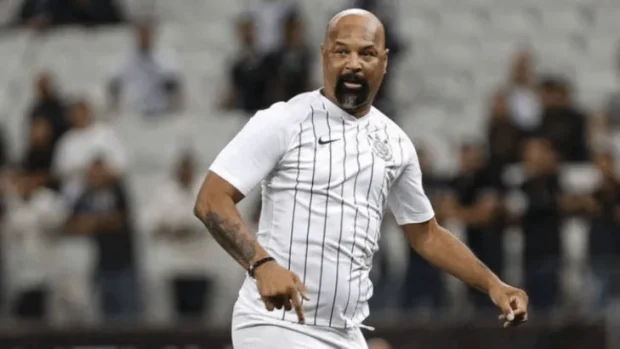
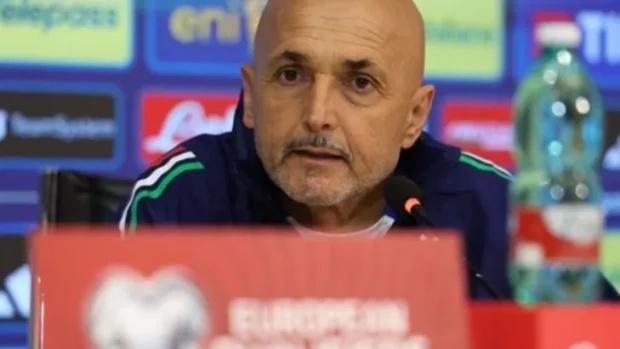
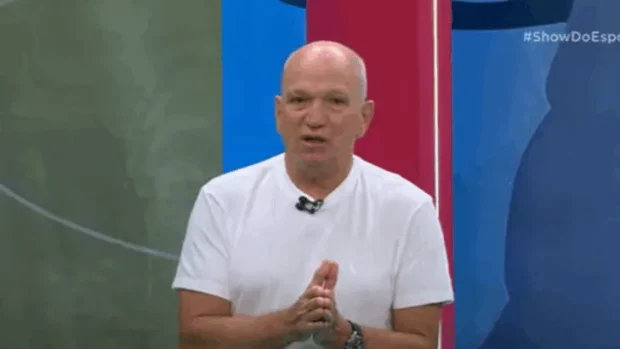

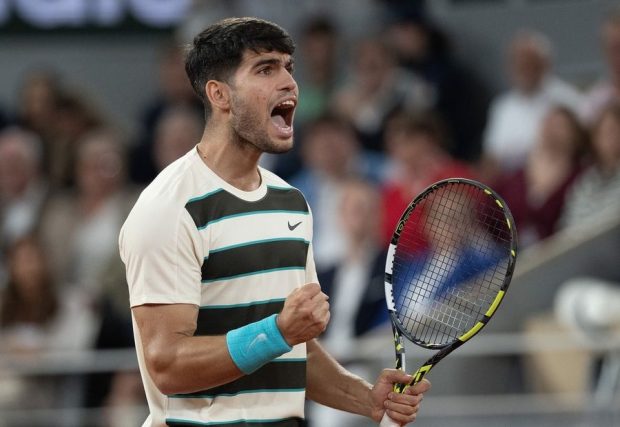
Be the first to leave a comment